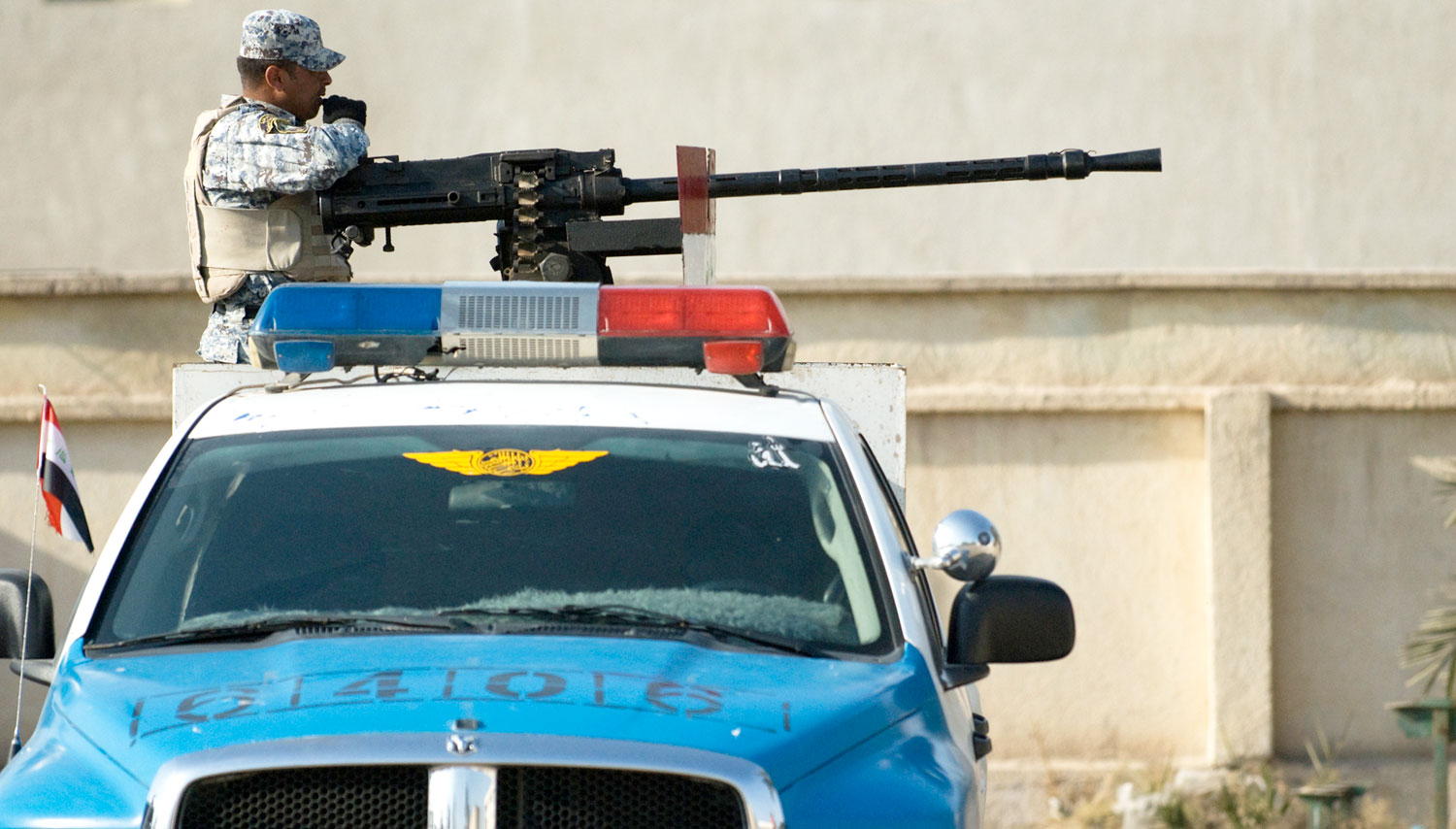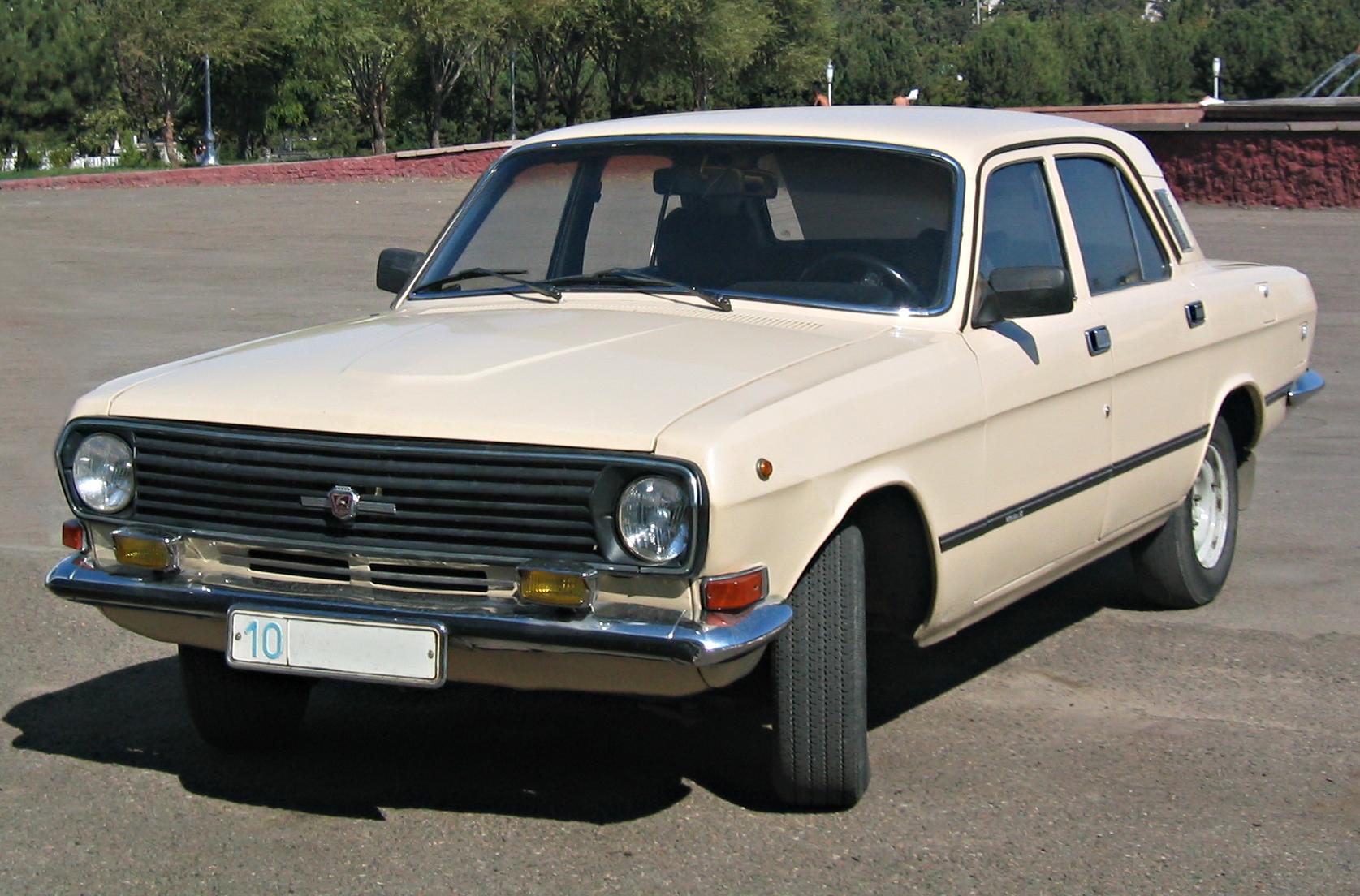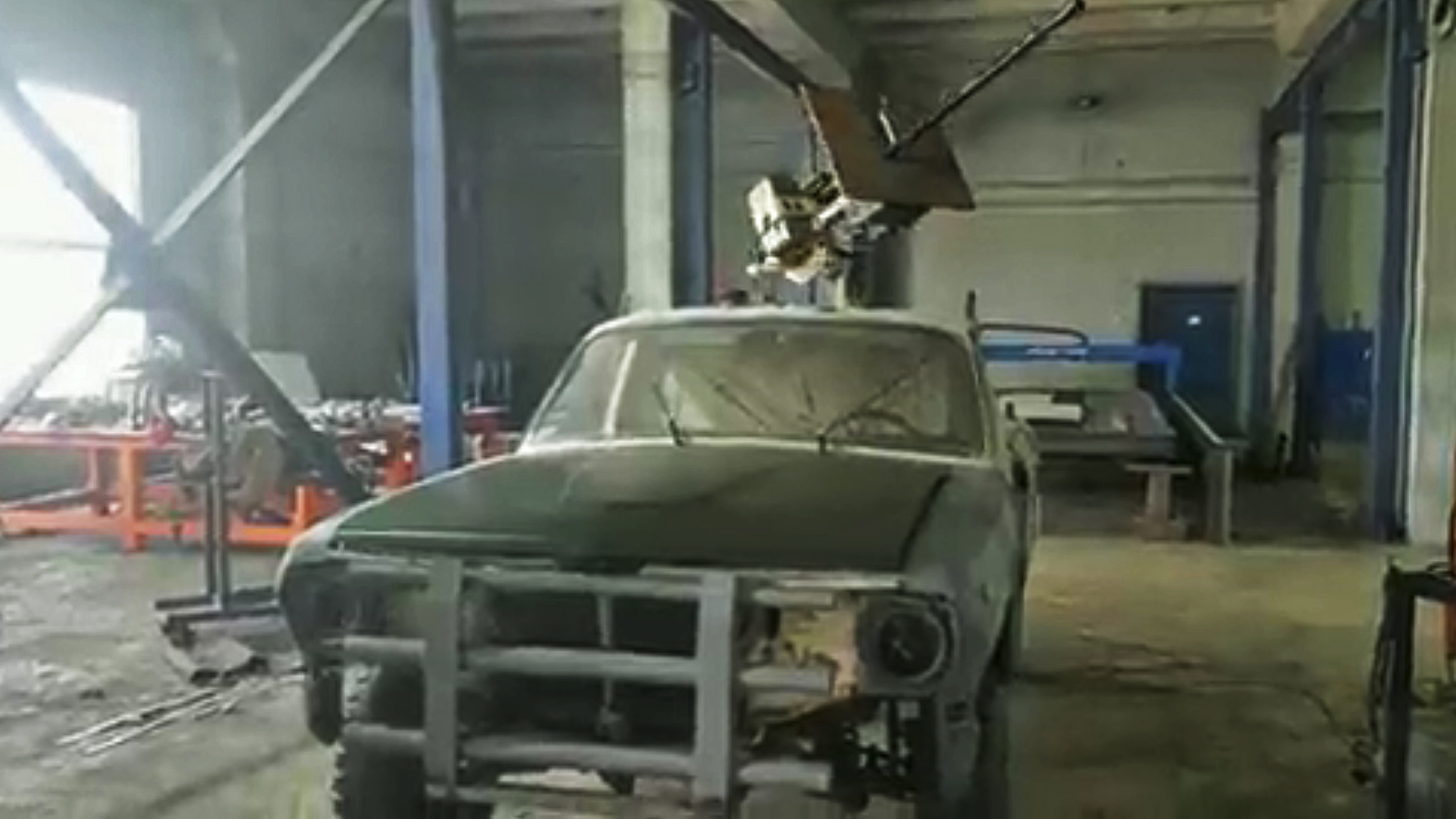As recently surfaced videos show, Ukrainian forces appear to have mounted a machine gun in a remote weapons station to the back of a Soviet-era sedan. While this is hardly the first time the Ukrainian military has made creative pairings of weapons and vehicles to suit its tactical demands, it serves as one of the more extreme examples of a civilian vehicle being repurposed for combat that we’ve seen during the conflict.
The sedan in question is a Soviet-era GAZ-24-10 Volga and, judging by the video, it looks to be in rough condition. The gun affixed to the vehicle’s rear is a KPVT 14.5 mm heavy machine gun, making it so that the two major components of the Ukrainian ‘compact technical’ is made from recycled designs originally introduced in the Soviet Union. The improvised combat rig also sports off-road tires, a beefed-up suspension, and a bull bar up front, which is a nice feature for traversing the battlefield.
A follow-up video also shared by Ukraine Weapons Tracker shows how the machine gun’s remote-controlled mechanism works apart from the Volga. It suggests that the vehicle may not be its only mode of transportation.
The KPV machine gun that this vintage Volga has now mobilized first entered service as an infantry weapon in 1949. The gun was later decided to be far too heavy for such operations and was taken out of production in the 1960s to then be redesigned as a better fit for anti-aircraft and light anti-armor missions. KPV-series machine guns are essentially one step below automatic cannons, being larger than the .50 caliber types we often see mounted on technicals around the world. If this setup proves to be successful, it will certainly provide this little Volga with quite a bit of firepower.
This KPVT variant was designed to be fitted to vehicles, as well as ground-based anti-aircraft and shipboard mounts. The KPVT historically armed the BTR series of vehicles and was designed for employment against lightly armored targets, moderately fortified bunkers and shelters, small boats, and low-flying aircraft. While we don’t know where this particular KPVT came from, Ukrainians have been salvaging machine guns from armored vehicles that are otherwise too destroyed to put back into service and repurposing them since the early days of the conflict, so it’s definitely possible that this KPVT could have come off a blown-up Russian BTR or something similar. Ukraine’s military is likely to have this type of weapon laying around.

This Volga-KPVT technical is undoubtedly eye-catching, but its introduction is not without precedent. Iraqi police have been known to fit KPVTs to the beds of Dodge Ram pick-up trucks, and in terms of the Ukrainian-Russian conflict, machine guns have been spotted mounted on an array of vehicles ranging from Mercedes BMWs to the backs of motorcycles. These vehicles don’t include a remote control weapons capability though, so the little Volga has that advancement, at least to some degree, although just how relevant it would be is highly debatable considering the vehicle isn’t armored at all. We also don’t see how it would be aimed or exactly what its control interface looks like.

Whether or not the improvised machine gun solution will deploy exclusively with the Volga or interoperate aboard different vehicles doesn’t change the fact that these automobiles were simply never intended for heavy combat. The original model, the GAZ-24, was manufactured between the years of 1970 and 1985 by the Gorky Automobile Plant, and production of the redesigned GAZ-24-10 that can be seen in the video continued between 1985 and 1992.
Its introduction occurred alongside Mikhail Gorbachev’s rise to power and became a staple of the period. The GAZ-24-10 Volga was small and a practical choice for civilian life, which meant that many citizens of the Soviet Union had it as their daily commuter. During Gorbachev’s ascendence, the enaction of a political and economic reform program known as perestroika, or reconstruction in English, restructured the Soviet economic system and greatly increased the vehicle’s availability to the general public. Although, the GAZ-24-10 is said to have never been exported outside of the Eastern Bloc.

Much of the work that went into upgrading the GAZ-24 to the GAZ-24-10 involved reworking the vehicle’s engine as well as including a contactless ignition system, a new alternator, and new spark plugs among other enhancements. Interestingly enough, a number of GAZ-24-10s designed with a V8-powered engine were apparently made by Gorky and intended specifically for KGB members and other high-ranking Soviet officials. Although, it is unclear if this is the variant now in use with Ukrainian forces.
Improvised upgrades to vehicles intended for combat have been a prevalent development for both sides of the conflict between Russia and Ukraine. Borne from what could very well be a mix of necessity-driven innovation, regardless of its actual combat relevance, and a spark of creativity and ingenuity.
While the Volga wouldn’t stand a chance against some of Russia’s heavier offensive shelling as of late, the shoot-and-scoot tactics that Ukrainian forces have continually employed since the war began may benefit from this ambitious oddity of a combat vehicle. Now just how accurate that big machine gun can be when fired from atop its tiny frame is another question altogether.
Contact the author: Emma@thewarzone.com
